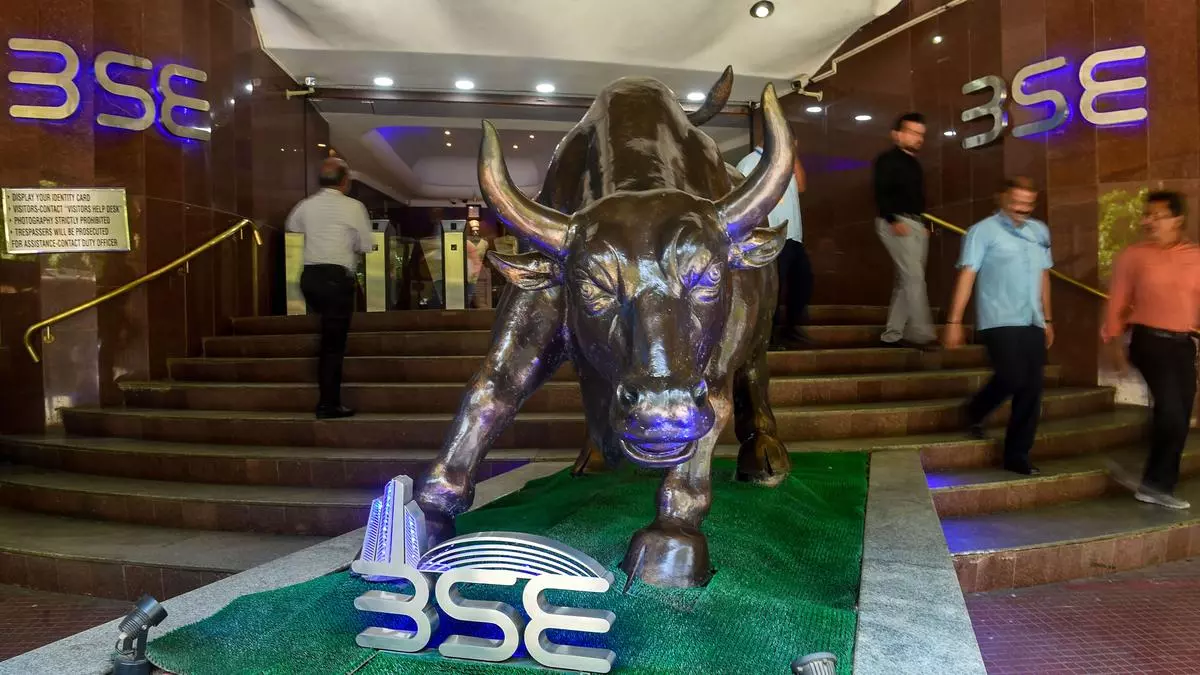In a first, BSE M-cap tops $5 trillion; high valuation a worry
The market capitalisation of companies listed on BSE crossed $5 trillion for the first time on Tuesday, turning the spotlight on valuations.
The number of companies trading at more than 50 times 12-month forward price to earnings multiples has increased 10x over the past 10 years and now stands at 104 (see table). Nifty Midcap 100 is trading at 39 per cent premium to the 50-share Nifty.
The MSCI India Index has gained 35 per cent in the past year compared with 12 per cent gains logged by MSCI EM index, increasing the premium gap over emerging markets. India’s market cap to GDP ratio was at 132 per cent at the end of April, much higher than the long-term average of 85 per cent.
Historical valuation
“We are close to the top end of the historical valuation band and the margin of safety from these levels may not be very large. There is nothing cheap available right now – stocks are either fairly valued or overvalued,” said Deepak Jasani, Head – Retail Research, HDFC Securities.
Public sector companies – be it banks, defence or railways – have made the transition from undervalued to fairly valued over the past year, stretching overall market valuations, according to Jasani. New age businesses that listed in the past two years, including companies in the electronic manufacturing services space, are expensive, given their high market-cap and low profitability.
“A few companies in the industrials, capital goods, and defence sectors are expensive, trading at 80-100 PE multiples. The order book visibility and margins are good, but the current multiples already account for this. The margin tailwinds are over with commodity prices moving up, and many stocks do not have a margin of safety,” said Neelesh Surana, CIO, Mirae Asset Investment Managers.
Jasani said a lot of money had flowed in from wealthy investors into Indian equities in the past two years and that had pushed up valuations.
“The benevolence and/or complacency of market participants have resulted in a large number of stocks trading at astronomically high levels. Investors may want to get a handle on the market size implied by such high multiples,” said a note by Kotak Institutional Equities, adding that several high P/E companies are in ‘traditional’ sectors that face massive disruption risks.
Companies require sharper and higher growth rates over a shorter period to justify high P/Es. A 100x P/E company, for instance, will need to report an earnings CAGR of 20 per cent over the next 20 years and 9 per cent CAGR over the next 20.
Higher returns on cards
Despite lofty valuations, Surana believed that investors could still expect 12-15 per cent returns from a three to five-year horizon, given the positive view on the economy and expectations of sustained momentum in earnings growth.
According to him, a few private sector banks, the entire mass consumption sector, and pharma, particularly specialty chemicals companies whose earnings have consolidated in the last couple of years, are available at attractive valuations.
“Investors should avoid lumpsum investments at this point but should invest through SIPs in multi-cap or hybrid products. Don’t chase themes such as PSU, defence and manufacturing,” he said.
